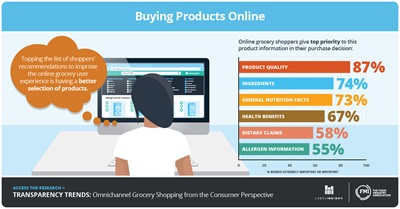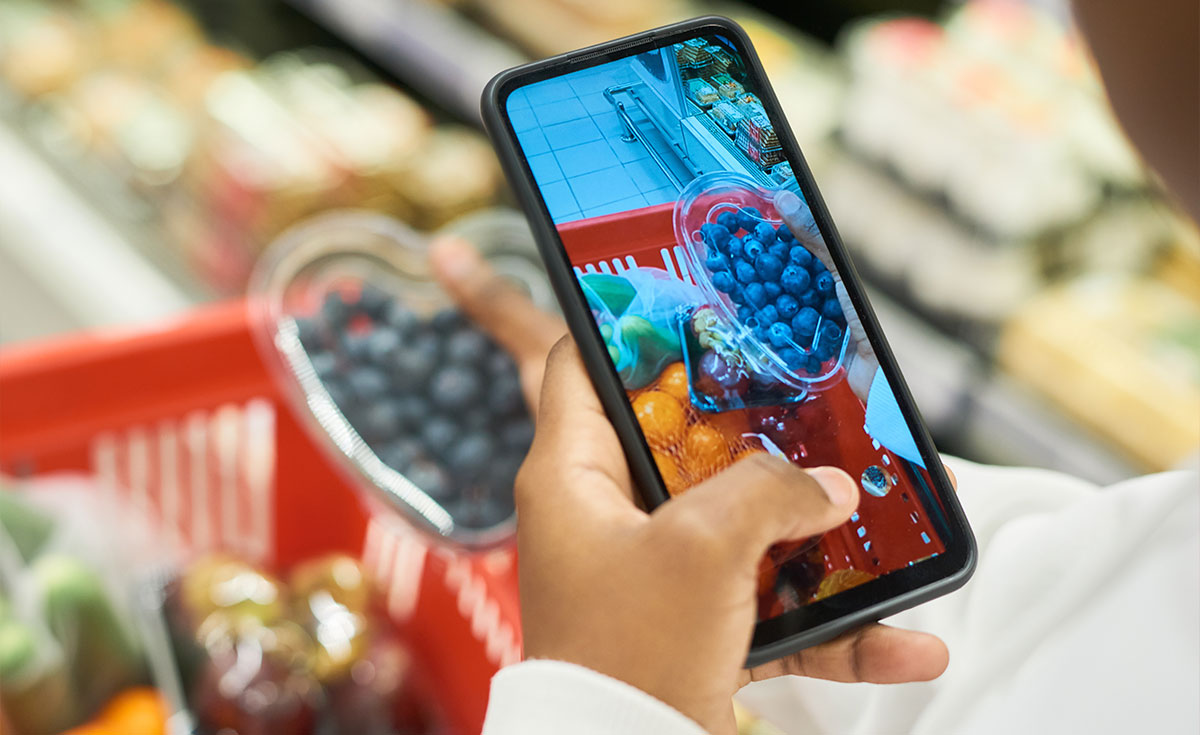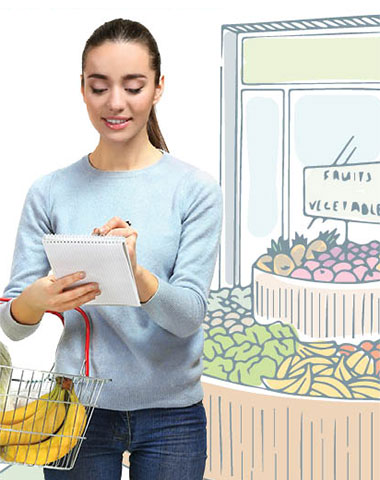By: Steve Markenson, Director, Research, FMI

“With great power comes great responsibility.” I know my three boys will immediately recognize this phrase as a central theme from the Spiderman comic book franchise.
The line is also meaningful in today’s grocery shopping world. Online food shopping has gained more clout as consumers embrace ecommerce in the wake of the pandemic. The growing power of ecommerce is underscored in FMI’s U.S. Grocery Shopping Trends 2020 (Trends) report. Weekly online grocery spend reported by shoppers soared to 27.9% of all grocery spending in the March/April period of this year, from 14.5% in February of 2020 and 10.5% last year.
However, along with this great power comes responsibility. Shoppers have higher expectations for transparency when shopping online compared to in-store, according to a new study from FMI and Label Insight.
Report Points to Omnishopper Needs
The report, Transparency Trends: Omnichannel Grocery Shopping from the Consumer Perspective, is a follow-up to a 2018 report from FMI and Label Insight that emphasized the connection between transparency, trust and loyalty.
The 2020 research, conducted in mid-March, is based on a national consumer survey in which transparency was defined as providing detailed information, such as what is in food and how it is made. The report found that 69% of omnichannel shoppers — those who buy both online and in-store — want more information about a product when shopping online compared to in physical stores. As an example of transparency expectations, some shoppers are seeking information about allergens, and use online filters for this purpose.
Comparing Transparency Online Versus In-Store
Omnichannel grocery shoppers find certain transparency-related activities easier online than in-store. This is especially true for discovering new products and learning more about a product’s story, including information on sourcing and manufacturing processes.
However, transparency is not necessarily easier online in all cases. Shoppers are mixed as to whether online or in-store provides a better transparency experience for access to detailed product information and opportunities for exploration and learning about food and cooking.
How Shoppers Judge Transparency
Shoppers were asked how they determine whether a brand or manufacturer is being transparent. Their answers covered a lot of angles, from ingredients to sourcing. Here are the top responses:
- Complete list of ingredients.
- Plain English description of ingredients.
- Certifications (such as USDA organic).
- In-depth nutritional information.
- Information about how products are produced and ingredients are sourced.
Key Industry Steps to Make Progress
The report delivers some key recommendations to retailers and suppliers on ways to enhance transparency efforts.
One of these is to advance transparency related to health and wellness, at a time when shoppers are more focused on diets and health, including allergies and intolerances.
Some recommendations address online shopping in particular. These include enabling item comparisons, providing more and better product information and making possible more accurate search functionality.
A New Period for Ecommerce and Transparency
The report emphasizes that many industry opportunities center on ecommerce in light of the pandemic. “It’s an especially good time to advance transparency in online shopping, especially in the wake of the pandemic, as ecommerce grows in usage,” the report said. “This is particularly important because transparency expectations are higher for ecommerce than in-store.”
It’s hard to argue with that point, especially given all the new online shopping activity and continued uncertainty about the future course of the global pandemic. Retailers and suppliers have done a great job keeping shopping channels open and the supply chain going during this COVID-19 era. Emphasizing transparency is a terrific way for the industry to ensure the continued trust and loyalty of consumers during the pandemic and after.
Download Transparency Trends: Omnichannel Grocery Shopping from the Consumer Perspective


 Industry Topics address your specific area of expertise with resources, reports, events and more.
Industry Topics address your specific area of expertise with resources, reports, events and more.
 Our Research covers consumer behavior and retail operation benchmarks so you can make informed business decisions.
Our Research covers consumer behavior and retail operation benchmarks so you can make informed business decisions.
 Events and Education including online and in-person help you advance your food retail career.
Events and Education including online and in-person help you advance your food retail career.
 Food Safety training, resources and guidance that help you create a company food safety culture.
Food Safety training, resources and guidance that help you create a company food safety culture.
 Government Affairs work — federal and state — on the latest food industry policy, regulatory and legislative issues.
Government Affairs work — federal and state — on the latest food industry policy, regulatory and legislative issues.
 Get Involved. From industry awards to newsletters and committees, these resources help you take advantage of your membership.
Get Involved. From industry awards to newsletters and committees, these resources help you take advantage of your membership.
 Best practices, guidance documents, infographics, signage and more for the food industry on the COVID-19 pandemic.
Best practices, guidance documents, infographics, signage and more for the food industry on the COVID-19 pandemic.
